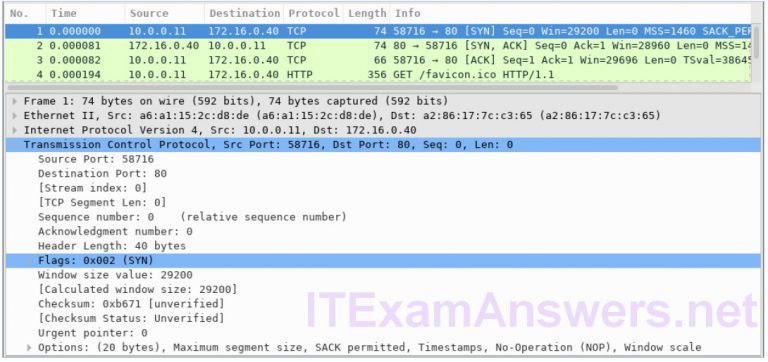

To capture only HTTP traffic to/from the host 10.0.0.1, for example, you could use the capture filter host 10.0.0.1 and tcp and port 80. Wireshark capture filters use tcpdump filter syntax, so an article about tcpdump filters will help you out. If you're going to be doing a long-term capture and you want to limit the size of your capture files you'll probably want to use a capture filter. You can learn more about Wireshark display filters from the Wireshark wiki.

Display filters are used to filter out traffic from display but aren't used to filter out traffic during capture. The syntax you're showing there is a Wireshark display filter. We will cover this in the F5 High Details section.You need to differentiate between capture filters and display filters. This makes it so when applying a display filter it applies to both the client and server sides of the F5 connection. This option may already be set depending on the version of Wireshark you are running.

Right click on the GET request and go to protocol preferences, F5 Ethernet Trailer Protocol, and then populate fields for other dissectors. In your capture it will be a different packet number but you can see in the Info area that it is a GET request. In the capture above packet 53 shows the GET requests to the website. Add 'tcp.port = 80' in the display filter field and hit enter. Now we will use a wireshark display filter to see a specific request.

You will also see the version of the F5 code, the F5 hostname, and the Platform ID number (in this case Z100 for Virtual Edition). Notice in the middle section of wireshark you will see the tcpdump command being run. Start by selecting packet 1 in Wireshark. We will start with what kind of unique information is gathered through the plugin and using tcpdump on the F5.


 0 kommentar(er)
0 kommentar(er)
